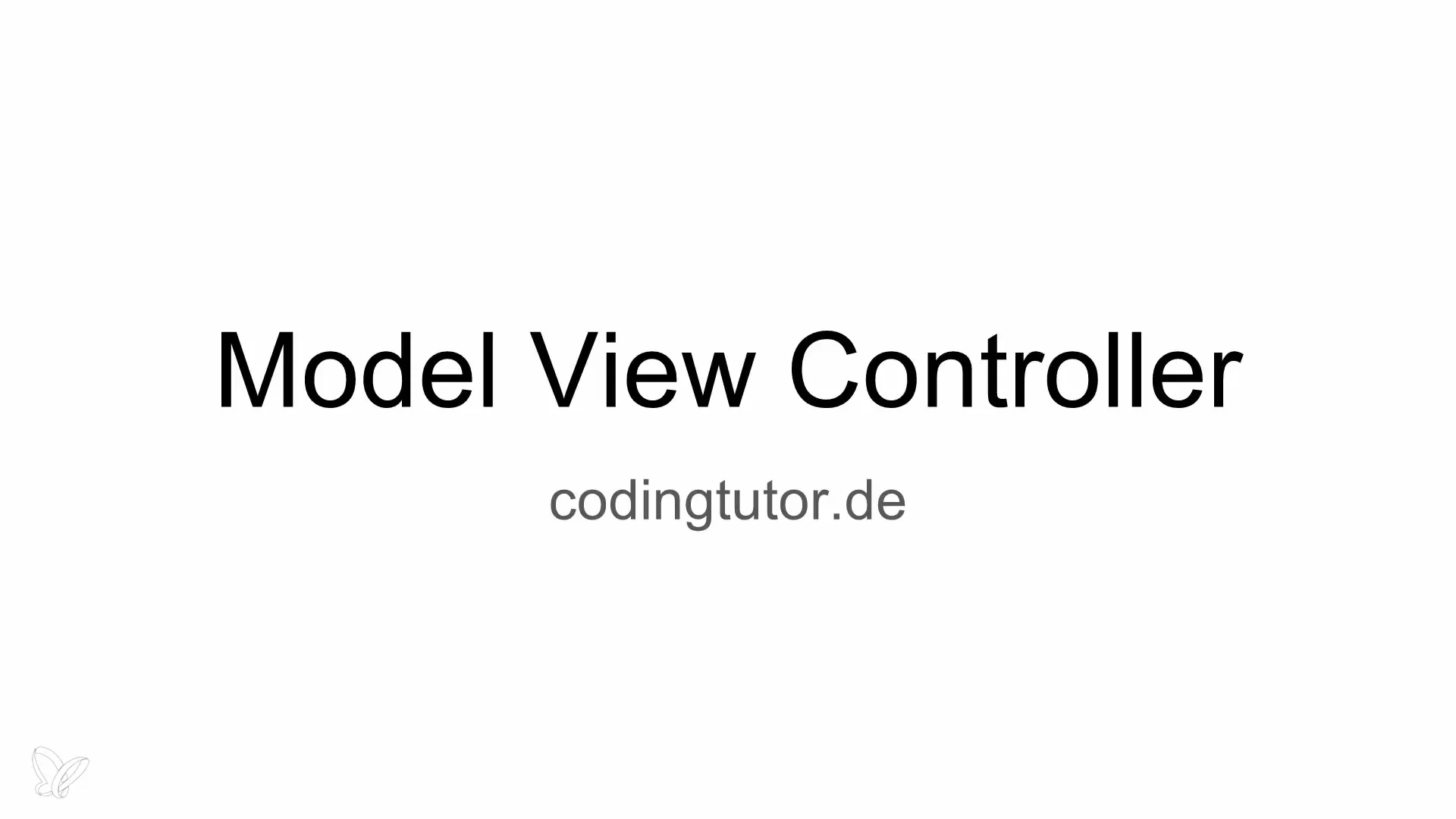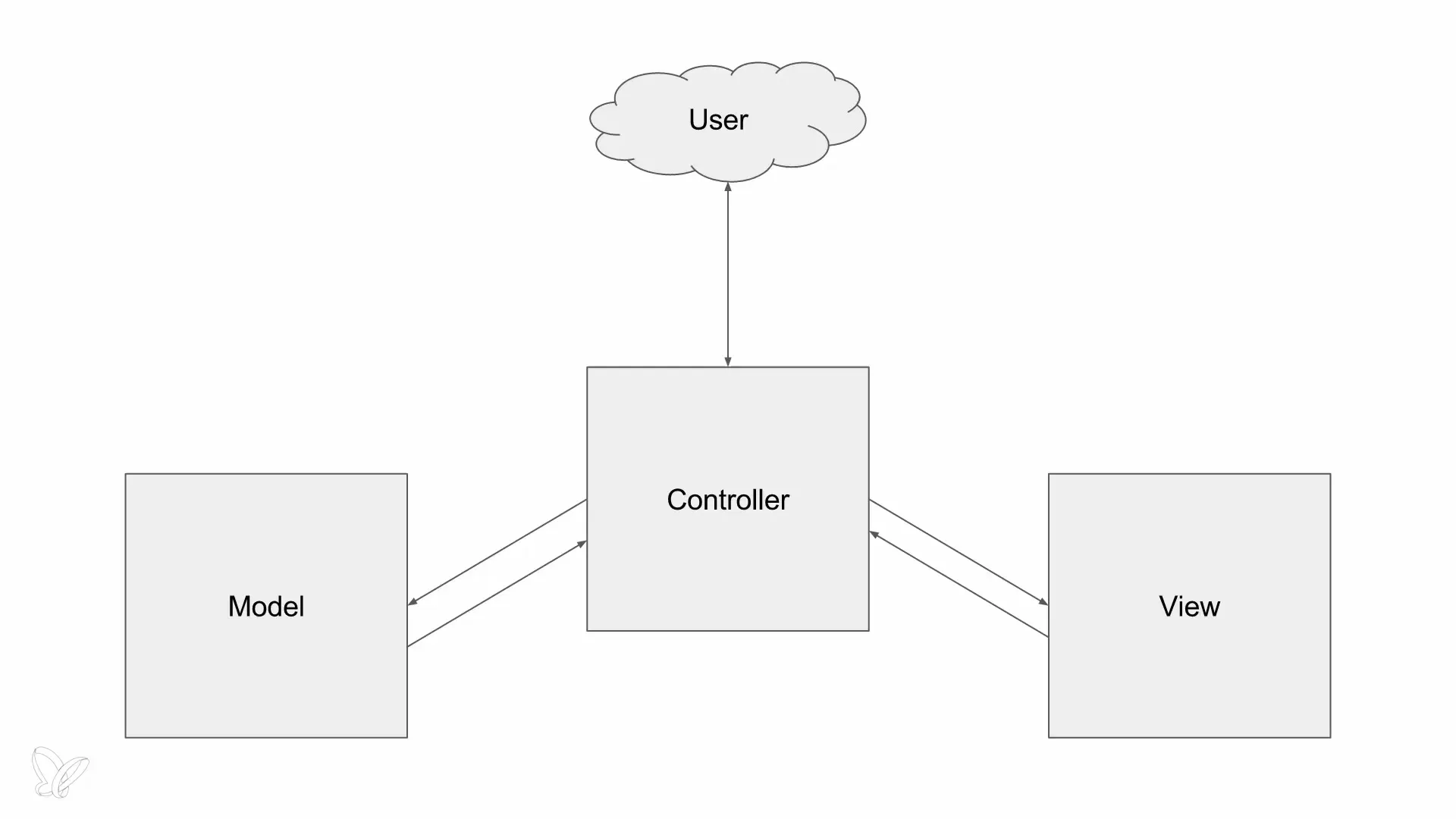Web applications are an essential part of modern software development. At the core of these applications is the need for a clear structure that enables code to be more effective and maintainable. A proven pattern that comes into play here is the Model-View-Controller (MVC) pattern. With this approach, you can efficiently process user requests and achieve a clear separation of logic, data, and presentation.
Key insights
The Model-View-Controller pattern divides your application into three main components:
- Model: Responsible for access and manipulation of data.
- View: Takes care of data presentation and the user interface.
- Controller: Mediator between Model and View, which controls user interactions and processes the corresponding data.
Step-by-step guide to the MVC pattern
1. Basic understanding of the MVC pattern
Before you start practical implementation, it is helpful to have an understanding of the MVC pattern. Using a single file structure — typically index.php — the system routes all requests through the controller, which in turn calls the corresponding model for data processing.
A typical example would be when a user calls a URL, which subsequently activates the appropriate controller and passes the required data to the model.

2. The role of the controller
The controller is the central link in your MVC setup. It processes the user request, determines which model is needed, and finally passes the data to the view for presentation. While the controller acts, the logic of how data is retrieved and processed is bound to the model.
The controller requires only minimal logic for routing and request processing. The primary burden of data processing lies within the models.
3. Implementation of the model layer
In the model layer, database accesses and the complexity of data processing are handled. This can involve simple data representations or complex resource models. For example, a model for a product catalog could manage everything related to retrieving, calculating, or handling product data.
This way, the controller remains "thin" and only handles routing and interface logic, while the model takes responsibility for data and its manipulation.

4. Designing the view layer
The view is the component that is returned to the user. In a web application, this means that HTML templates are loaded and filled with the data returned by the model.
The goal is to ensure that the view is solely responsible for displaying the data, while logic and data manipulation are derived from the controller and the model. This promotes code reusability and makes it easier to make changes to the user interface without unnecessarily affecting the logic.
5. Utilizing templates and views
Once the data has been returned from a model to a controller, this data is processed in the view. This process may involve the use of loops to generate HTML output for datasets such as lists of images or products.
A well-designed template allows you to define and reuse interface components once, which increases efficiency.
6. Advantages of object-oriented implementation
The MVC pattern is based on object-oriented principles. This approach has many advantages, especially when it comes to handling larger and more complex applications. A key aspect is the "Don't Repeat Yourself" principle (DRY), which ensures that code written once is not redundantly added multiple times.
By adhering to this object-oriented structure, not only is the maintenance and expansion of the application facilitated, but also the efficiency of the entire development team is increased.
7. Challenges and best practices
Every methodology has its challenges. When working with the MVC pattern, it is important to have a deep understanding of the structure and process. Misinvestments in this structure can lead to difficulties in maintenance or structural extensions.
The MVC pattern requires planning and structure. Every element should be clearly defined and documented, which can be very useful for future development.
Summary - Introduction to the Model-View-Controller pattern in PHP
The Model-View-Controller pattern is a proven design pattern that helps you draw clear boundaries between data, logic, and presentation. It promotes the maintainability, reusability, and scalability of your web applications. By applying the structures consistently and learning in exchange, you can sustainably improve the quality of your code.
Frequently asked questions
How does the Model-View-Controller pattern work in PHP?The MVC pattern divides the application into Model, View, and Controller. The Model handles the data, the View handles the presentation, and the Controller processes user requests.
What are the advantages of using object-oriented design in PHP?Object-oriented design promotes code reusability, improves maintainability, and makes code modular and easier to understand.
What are typical challenges when implementing the MVC pattern?The most common challenges are a lack of understanding of the structure and avoiding redundancy. It is important to make a clear separation between the components.
How does the MVC pattern promote code reusability?By having clear boundaries between the different components, parts of the code can be reused in different contexts, which increases efficiency.
What are good best practices when working with the MVC pattern?Good practices include modular application development, the use of templates, and clear documentation of each component.


